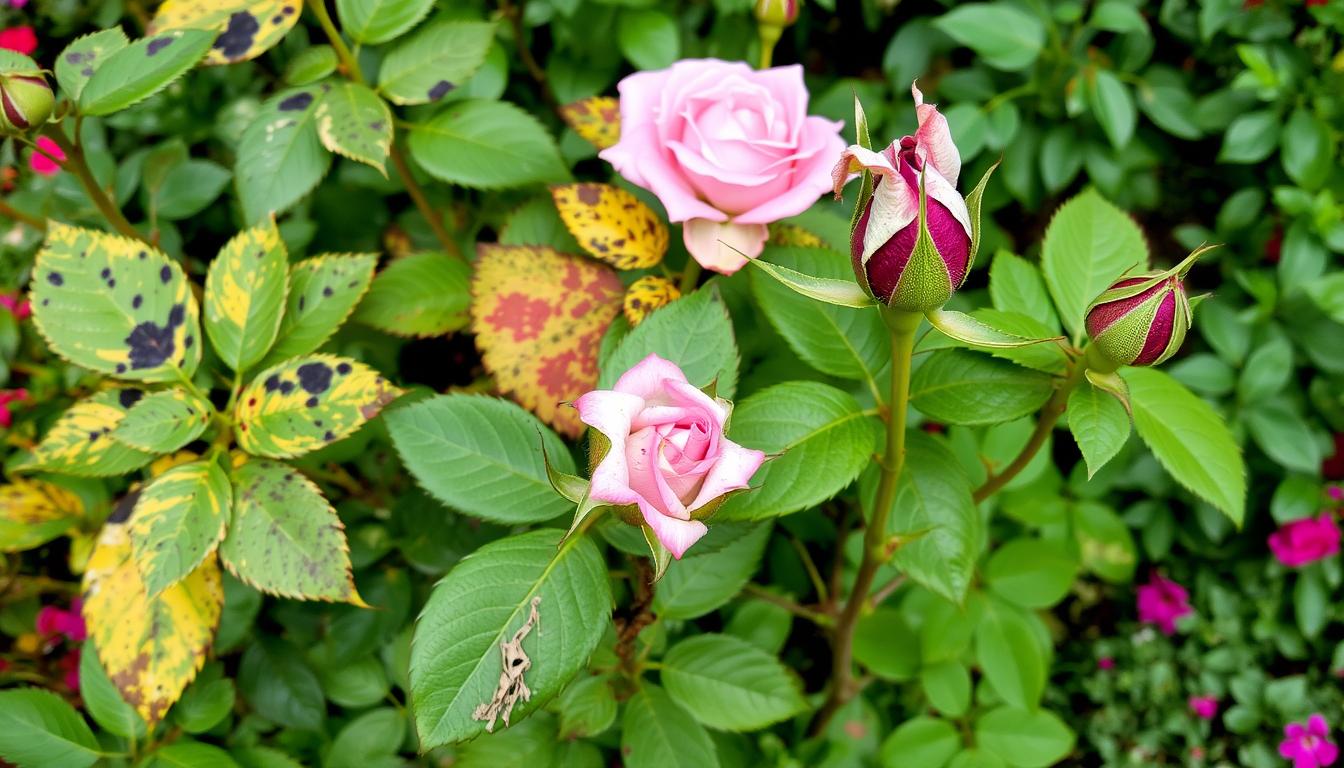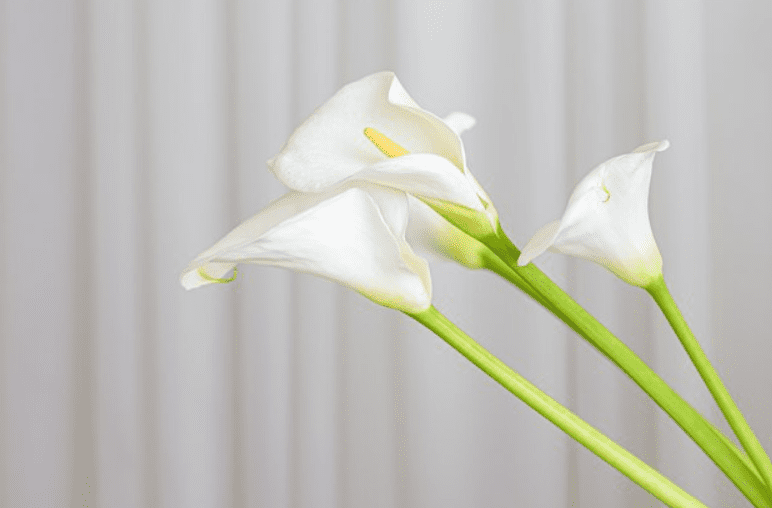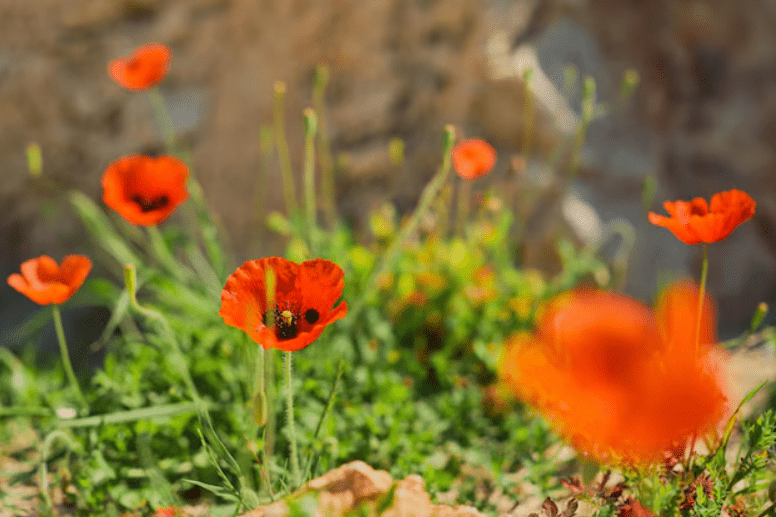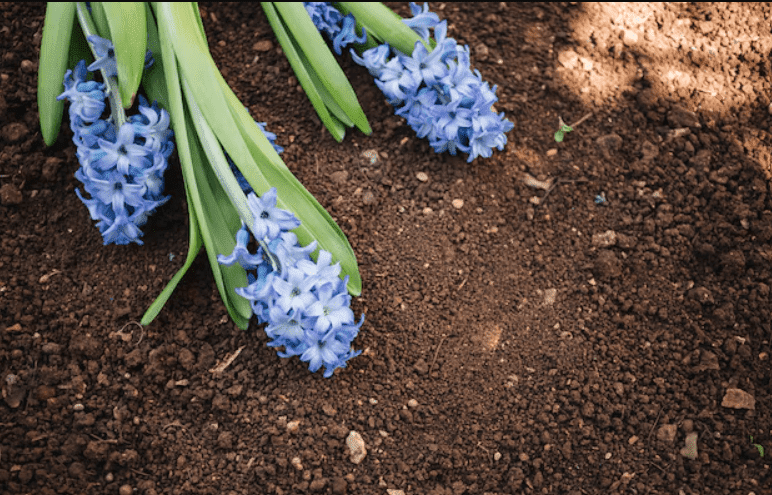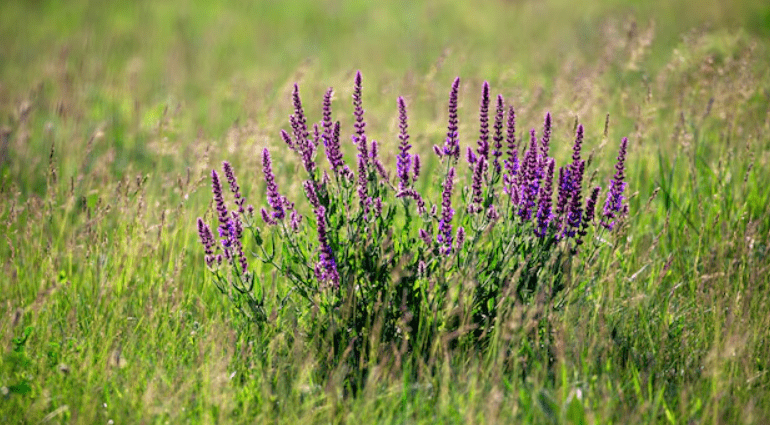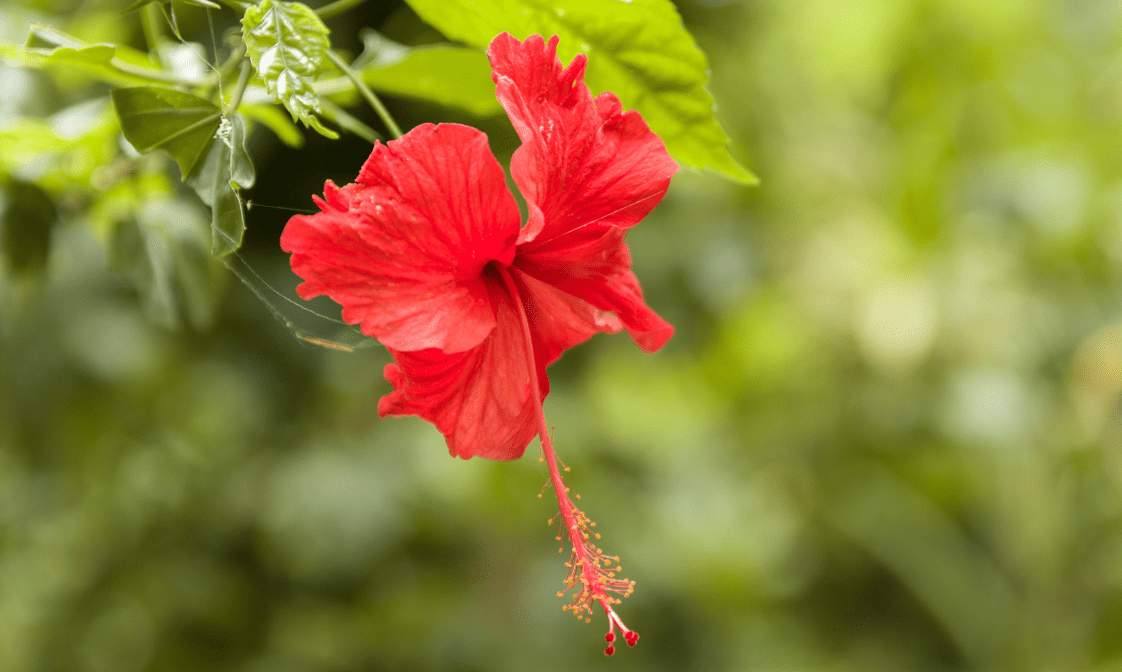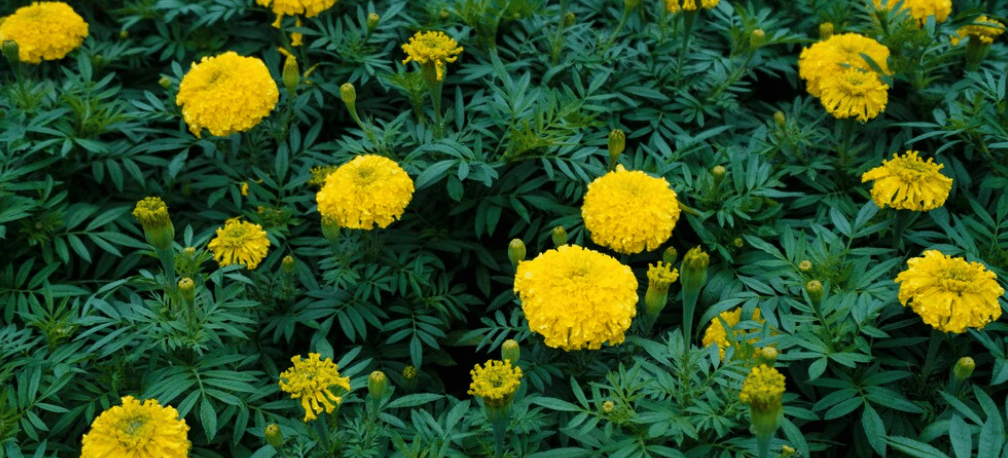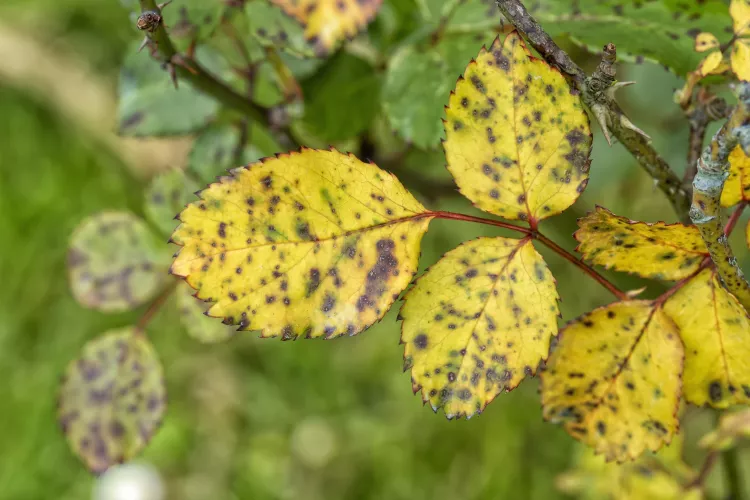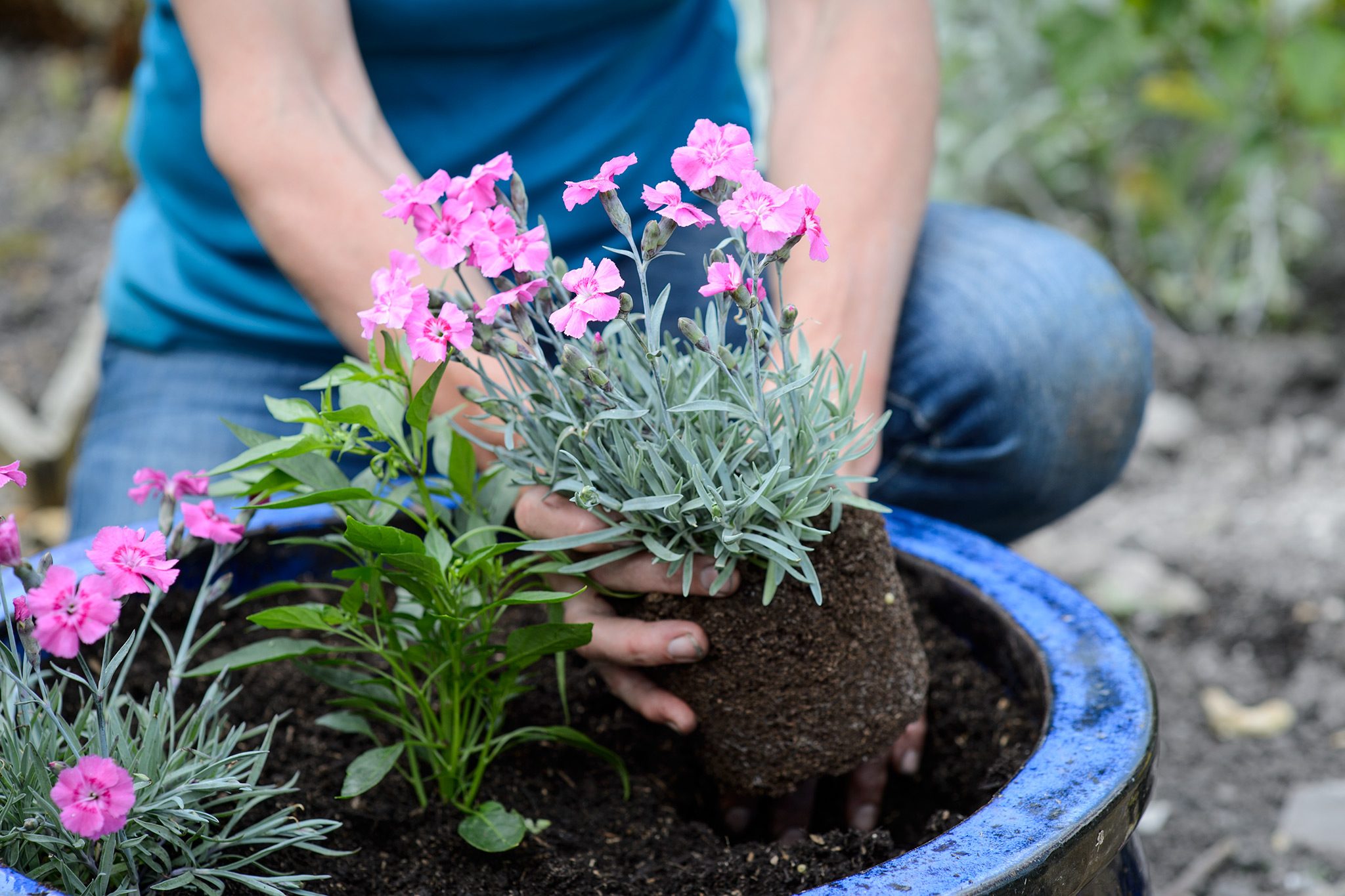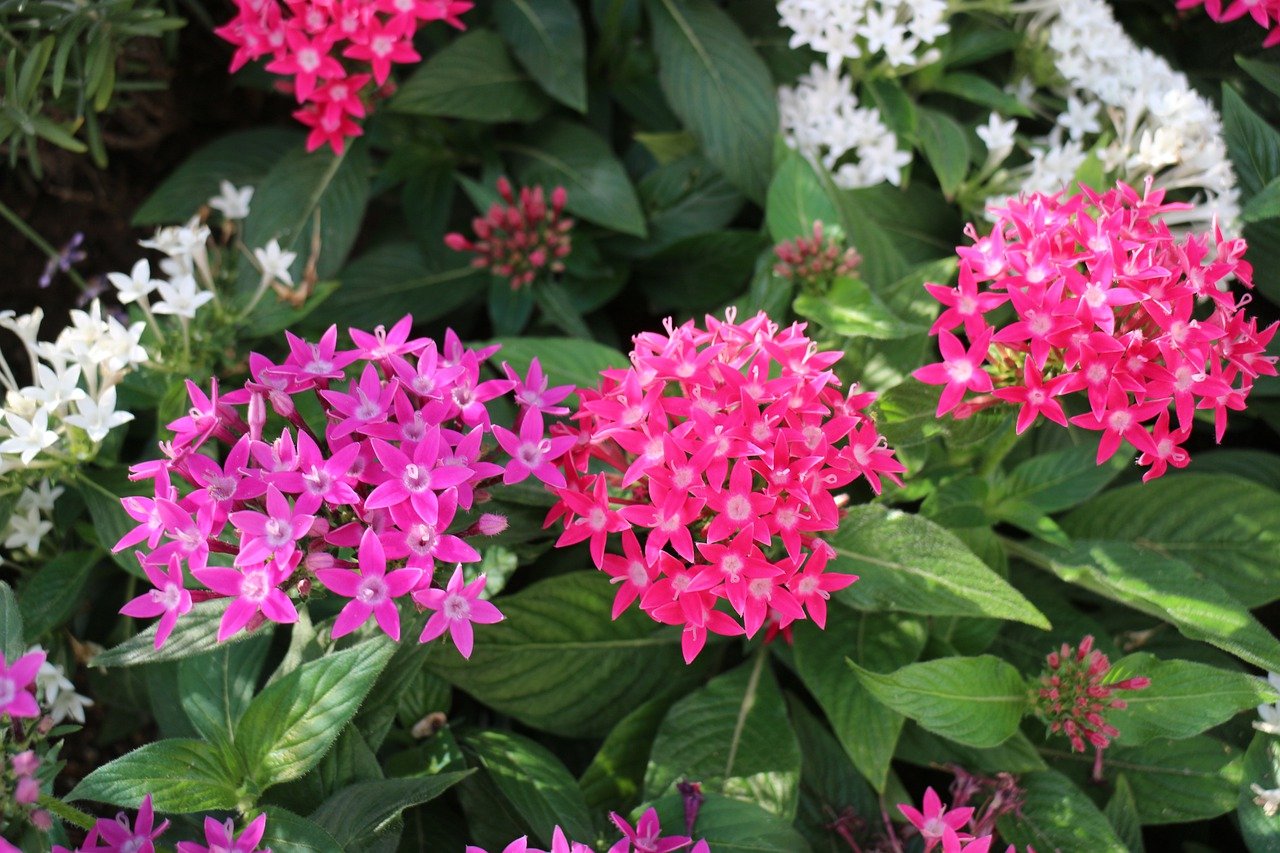Roses play a versatile role in the garden. It serves as shrubs, climbers, or ground cover, making it a valuable addition to any landscape. However, like all plants, roses are prone to problems. For example, if you’re growing an older heirloom variety, you might frequently battle black spots. Fortunately, plant breeding has come a long way, and many modern roses are now developed to be more disease-resistant and easier to maintain.
Still, the key to minimizing problems lies in proper care. When your rose bushes receive ample sunlight, regular watering, and appropriate feeding, they tend to stay healthier, regardless of the variety. Whether you’re caring for an established plant or learning how to propagate roses, knowing how to identify and solve common rose problems is essential. Read on to learn about the common rose problems and how to keep your garden lovely, fragrant, and healthy.
Table of Contents
ToggleRose Rust
Rose rust appears as a distinctive speckling on the top side of leaves, while the undersides show orange spots that darken to black as they age. To manage it, trim and discard any infected stems and leaves. Don’t compost them. Ensure your roses are spaced out to allow good air flow and remove any crowded or tangled growth to prevent further spread.
Powdery Mildew
This fungal infection covers rose leaves and buds with a white, powdery coating, often causing the foliage to curl or distort. Remove and dispose of affected leaves right away. Keeping the soil consistently moist and choosing mildew-resistant varieties can also help reduce the risk.
Aphids
Aphids are particularly drawn to the tender new growth and buds of roses. These pests produce a sticky residue called honeydew, which can attract ants and promote the development of sooty mold. You can wash them off with a strong spray of water or squash them by hand. Introducing beneficial insects like ladybirds can be a natural solution, and planting flowers such as fennel, cow parsley, or sweet alyssum can attract helpful predators like hoverflies.
Nutrient Deficiency
Deficiencies in essential nutrients can lead to symptoms such as rose leaves turning yellow (chlorosis), brown, or even purple. For long-term health, apply a layer of quality compost each year as mulch. In the short term, refer to rose-specific fertilizing advice to provide the right nutrients your plant may be lacking.
Replant Disease
When roses are planted where other types of roses once grew, they can suffer from replant disease, leading to poor growth or even death. This is likely due to an accumulation of soil-borne pathogens and pests. To avoid this, dig a hole about 40 cm deep and wide, line it with cardboard, and fill it with fresh soil from your garden. After planting, add mulch and feed the new rose with a nitrogen-rich fertilizer to give it a strong start.
Black Spot
Black spot is a fungal infection that targets rose foliage. It presents as dark purplish-black blotches on leaves and sometimes stems. The fungal spores survive through winter in fallen leaves, reappearing the next season. To manage it, clear and dispose of fallen leaves, apply mulch in late winter, and choose disease-resistant rose varieties for planting.
Dieback
Rose dieback often results from improper pruning or incorrect mulching. Avoid covering the stems when applying mulch, as this can trigger dieback. Always prune back to a healthy bud to prevent unsightly dead tips. If you notice any signs of dieback, trim back to living, green tissue to encourage healthy regrowth.
Rose Sawflies
Several types of sawflies attack roses, such as the rose leaf-rolling sawfly and rose slug sawfly. Rolled leaves usually contain eggs. If there are only a few, handpick and discard them. In cases of heavy infestation, it’s best to leave them, as removal may cause more harm than good. Rose slug larvae feed on the surface of the leaves, creating a skeletonized appearance. Monitor your plants closely and remove larvae by hand if you spot any.
Crown Gall
Crown gall is a disease caused by Agrobacterium tumefaciens. It affects many garden plants, including roses. The bacteria enter through wounds caused by pruning, transplanting, or accidental damage. You’ll notice small, pale growths around the base of the stem, crown, or roots.
There’s no cure for crown gall. The best approach is prevention. Always buy certified, disease-free roses, and inspect the base of plants before planting. Use sharp, clean tools when pruning and avoid damaging the plant near the soil line. If your rose develops crown gall, dig it up and dispose of it; do not compost it. Avoid planting roses in the same spot for at least five years, as the bacteria can survive in the soil and spread through splashing water.
Rose Mosaic Virus
Two viruses cause rose mosaic virus. Prunus necrotic ringspot virus (PNRSV) and Apple mosaic virus (ApMV). It spreads through grafting and propagation using infected plant material. It doesn’t spread from one rose bush to another in the garden, but the entire plant is affected once a rose is infected. You might see yellow mosaic-like patterns, wavy lines, or ring-shaped marks on the leaves.
There is no treatment for this virus. Cutting away affected canes only temporarily hides the problem, as the virus remains in the plant. The best way to avoid the spread of the rose mosaic virus is to buy virus-free certified roses and avoid propagating them from infected plants.

